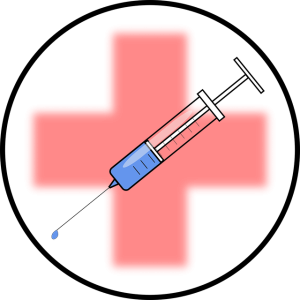Botox injections have emerged as a popular, non-invasive anti-aging treatment that temporarily paralyzes facial muscles to prevent dynamic wrinkles. Unlike dermal fillers offering immediate results, Botox provides gradual transformation over several months for a more natural look. Both treatments cater to individuals seeking enhanced aesthetics without surgery risks. Hyaluronic acid and collagen stimulant fillers hydrate and boost collagen production, while synthetic materials offer different result timelines. Stem cell and PRP-based fillers promote tissue regeneration. The procedure involves consultation, precise injections, and regular check-ins with dermatologists. While side effects like redness or bruising are common and temporary, rare serious complications exist, emphasizing the need for professional administration. Regular touch-ups, proper skincare, and hydration are essential to maintain filler results, which typically last 6-18 months. Botox can complement filler maintenance by addressing muscle groups and preventing early signs of aging.
“Unveil a rejuvenated you with dermal fillers, a popular non-surgical facial aesthetic procedure. This comprehensive guide explores the transformative power of Botox injections, offering an in-depth look at their mechanism, advantages, and diverse types available. From understanding the basics to navigating potential risks, we demystify facial filler treatments.
Discover the step-by-step process, learn about maintenance, and unlock the secrets to achieving a natural, youthful glow. Whether considering Botox injections for the first time or seeking insights on long-term results, this article provides valuable information for an informed decision.”
Understanding Dermal Fillers: An Overview
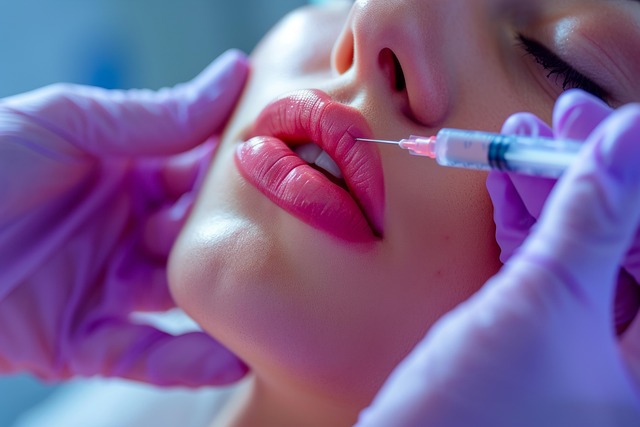
Dermal fillers are a popular cosmetic procedure that involves injecting a substance into the skin to enhance its appearance and reduce signs of aging. These fillers, typically made from hyaluronic acid, collagen, or synthetic materials, work by adding volume to specific areas, smoothing out wrinkles, and improving skin texture. The most common type, Botox injections, target muscle movement to prevent dynamic lines from forming.
Botox has revolutionized the anti-aging industry due to its ability to temporarily paralyze muscles, resulting in a more youthful face. While dermal fillers offer immediate results, Botox provides a gradual and subtle transformation over several months. Both procedures are non-invasive, making them appealing options for those seeking to enhance their facial features without extensive surgery.
What are Botox Injections and How Do They Work?
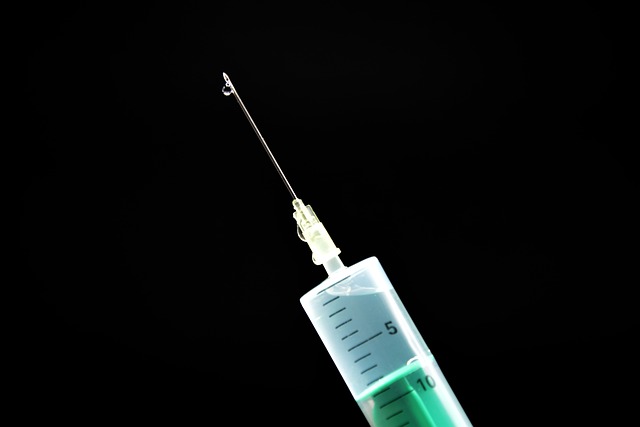
Botox injections, a popular non-surgical aesthetic procedure, involve administering a small amount of botulinum toxin into specific facial muscles. This neurotoxin temporarily paralyzes or relaxes the targeted muscles, leading to a reduction in dynamic wrinkle formation. By smoothing out these muscle movements, Botox helps to minimize the appearance of fine lines and wrinkles, especially around the eyes, forehead, and mouth areas.
The procedure is straightforward; a qualified healthcare provider uses a fine needle to inject the toxin precisely into the desired muscle groups. Results typically become visible within 24 to 72 hours as the muscles relax, offering a more youthful and refined facial contour. This temporary effect makes Botox injections an attractive option for those seeking a non-invasive way to combat signs of aging without extensive surgery.
Benefits of Facial Filler Treatments

Facial filler treatments offer a multitude of benefits, enhancing one’s natural features and boosting confidence. These non-invasive procedures are designed to address various skin concerns, most commonly the loss of volume in key facial areas such as the cheeks, jawline, and under-eye region. By strategically injecting fillers into these zones, dermatologists can smooth out fine lines and wrinkles, providing a more youthful appearance.
One of the key advantages of dermal fillers is their ability to provide immediate results, with many patients experiencing noticeable improvements within just a few days of treatment. Additionally, compared to surgical procedures like face lifts, filler treatments are less invasive, carrying minimal downtime and risks. Botox injections, for instance, not only help to reduce dynamic lines but also allow for precise adjustments to facial contours, leading to a more balanced and harmonious look.
Types of Dermal Fillers: A Comprehensive Look
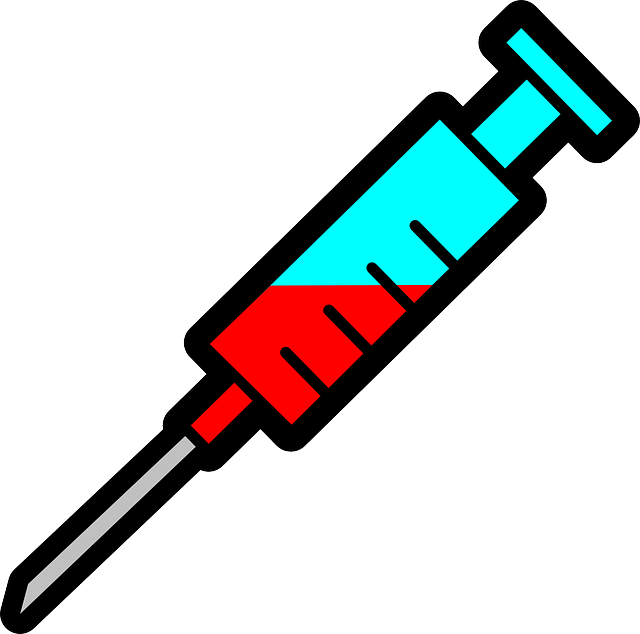
Dermal fillers come in various types, each offering unique benefits for different facial concerns. The most common types include hyaluronic acid fillers, collagen stimulators, and synthetic materials. Hyaluronic acid fillers are popular due to their ability to attract and retain moisture, plumping up the skin and reducing fine lines and wrinkles. Collagen stimulators, such as certain peptides and growth factors, work by encouraging the body’s natural production of collagen, leading to improved skin texture and overall facial volume.
When it comes to non-collagen based fillers, synthetic materials like poly-L-lactic acid (PLLA) and calcium hydroxylapatite (CaHA) are used. PLLA offers gradual absorption over several months, providing a natural-looking result that lasts longer than some other fillers. CaHA, on the other hand, is known for its ability to enhance skin texture and provide immediate results. Even more specialized fillers include those containing stem cells or platelet-rich plasma (PRP), which have gained popularity for their potential in stimulating tissue regeneration and enhancing cosmetic outcomes alongside Botox injections for a comprehensive anti-aging approach.
The Procedure: Step-by-Step Guide to Facial Filler Injections

The procedure for facial filler injections involves several steps designed to enhance and revitalize the skin’s appearance. It begins with a consultation where a dermatologist assesses your facial structure, skin health, and discusses your aesthetic goals. This initial step is crucial as it ensures the treatment aligns with your expectations. During the actual procedure, a small needle is used to inject the filler into specific areas of the face, such as the cheeks, temples, or jawline. The fillers, often derived from hyaluronic acid, smoothly integrate into the skin, providing immediate results by adding volume and smoothing fine lines and wrinkles.
After the injections, mild redness or swelling may occur, but these typically subside within a day or two. Patients can return to their daily activities promptly, though it’s recommended to avoid strenuous exercise or direct sun exposure for a few days. Regular check-ins with your dermatologist are essential to monitor the results and ensure optimal healing. As with any cosmetic procedure, Botox injections carry risks, including potential bruising, asymmetry, or an allergic reaction, but when administered by a qualified professional, the benefits outweigh these minor drawbacks.
Potential Side Effects and Risks to Consider

While dermal fillers are a popular choice for achieving youthful-looking skin, it’s crucial to be aware of potential side effects and risks before proceeding with treatment. As with any medical procedure, there are certain considerations. Common temporary side effects include redness, swelling, bruising, discomfort, and tenderness at the injection sites. These usually subside within a few days. More serious but rare complications may include infection, bleeding disorders, or an allergic reaction to the filler substance.
One notable risk associated with dermal fillers is the possibility of asymmetry or an unnatural appearance if not administered correctly. Additionally, for individuals with certain medical conditions or taking specific medications, filler injections might not be suitable. Always consult a qualified professional who can assess your unique situation and provide guidance tailored to your needs, keeping in mind the potential risks, including the impact on future procedures like Botox injections.
Maintenance and Longevity: What to Expect After Treatment
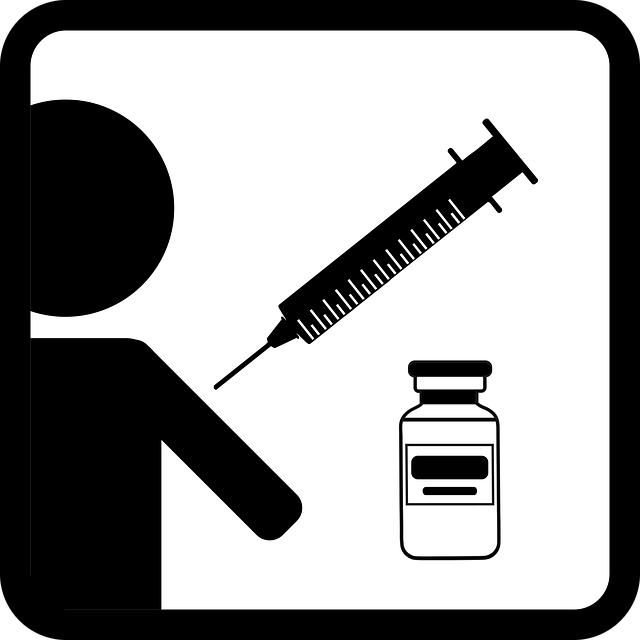
After receiving dermal filler treatment, it’s important to understand the maintenance required to maintain results and ensure longevity. Fillers typically last between 6 to 18 months, depending on the type used and your individual metabolism. Regular touch-ups are often necessary to preserve the enhanced look, especially in areas of high facial movement like the nose, mouth, and forehead where fillers may shift or disperse over time.
A key part of maintenance is staying hydrated and following a skincare routine recommended by your dermatologist. Avoid strenuous activities, excessive sun exposure, and certain medications that can dissolve fillers, as these factors can impact the duration of your results. Additionally, keep in mind that while Botox injections are not strictly necessary for filler maintenance, they can be used in conjunction to target specific muscle groups and prevent early signs of aging that might weaken the filler’s hold.
